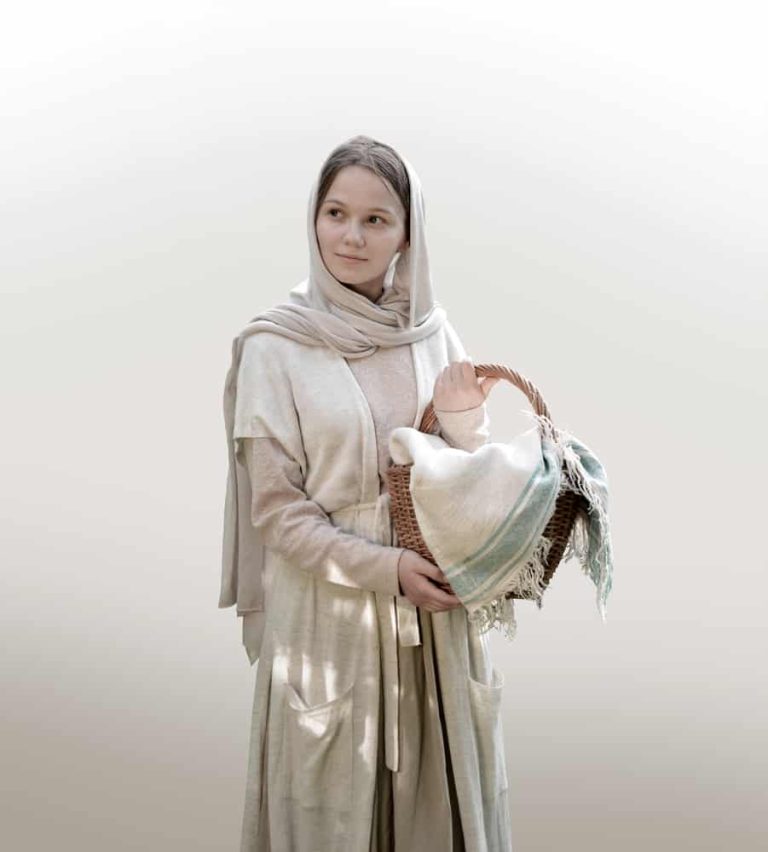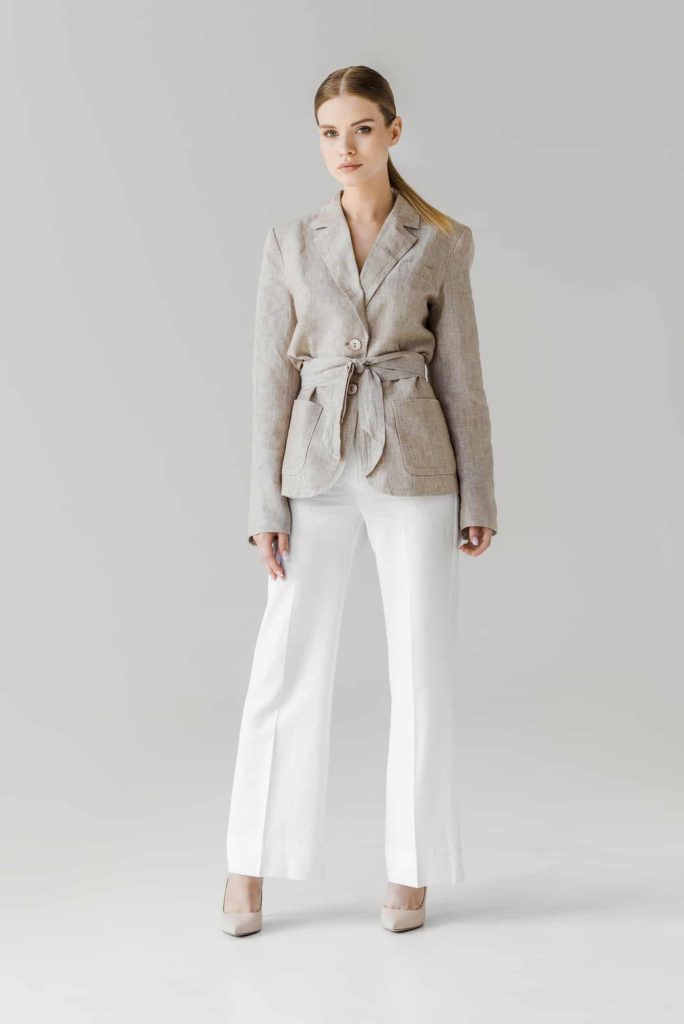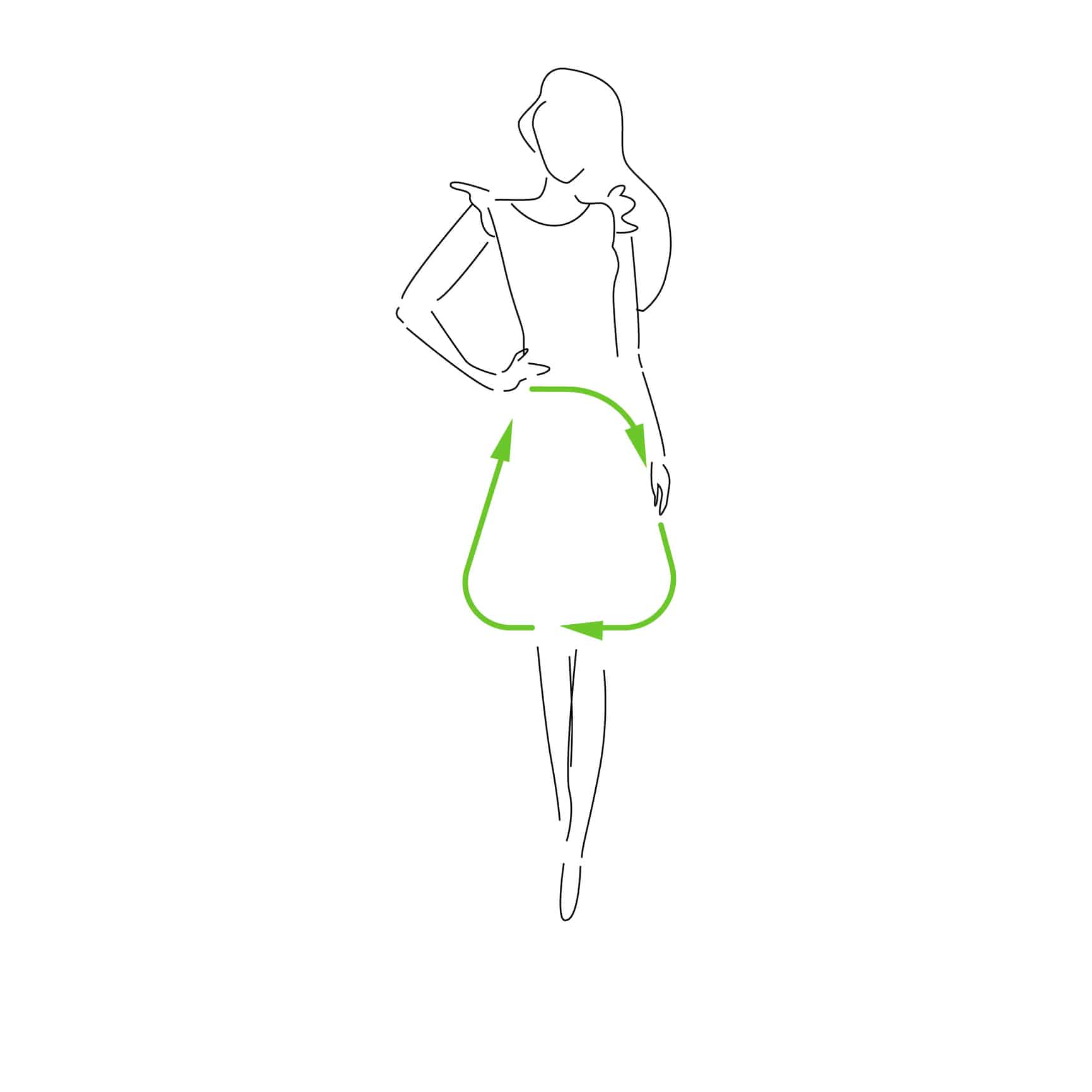Today we have a wide variety of natural and regenerated fibres being used in the textile industry. A percentage of these fibres are used for bedding and curtains, while other types are used in the manufacturing of clothing and apparel items. One unique fibre is “Linen”.
Linen is a strong and porous material that dries faster than cotton. Because of these properties, linen is comfortable to wear in hot and humid weather conditions and is valued for its use in clothing. It also has other distinctive and individual characteristics, notably its tendency to wrinkle and crease.
Linen is a flax-based textile that is mainly used for home textile applications. While linen is quite similar to cotton, it is made of fibres obtained from the stems of the flax plant instead of the bolls that grow around cotton seeds. Clothes made of linen are desirable and advisable in hot and humid weather. Unlike cotton, which tends to retain moisture for a longer time, linen dries quickly, which helps reduce heat retention in overly hot conditions.
Manufacturing linen, however, is much more time-consuming and resource-intensive than making cotton, which resulted in a decline in the popularity of this fibre that began with the invention of the cotton gin. The special and unique attributes of linen have prevented the total ending of global production of this fibre. That is why many countries, such as China, continue to make linen in reasonably large quantities.
It appears that Neolithic people in Europe were making garments and textiles from linen as long as 7,000 years ago. Therefore, linen is one of the extended-produced textiles. Its history may extend back even further than the most ancient evidence that modern archaeology has exposed.
The next part of historical evidence of linen use is from ancient dwellings situated on Switzerland’s lakefronts around 10,000 years ago. According to archaeologists, linen was first used for domestic reasons in prehistoric Mesopotamia 6000 years ago. While the use of linen for clothes and textiles in Mesopotamia was mainly restricted to the ruling class, the use of linen in Ancient Egypt was much more extensive.
The Ancient Egyptians sometimes used linen as an authentic type of currency. This fibre was also used to make burying shrouds and wrappings for the mummies. The Ancient Greeks used linen to make clothes and home textiles. Later, the Phoenicians launched linen cultivation in the western European region. However, historical records show that there was no effort on behalf of European powers to control flax production among farming communities until the 12th century AD.
Later, Ireland became the hub of European linen production. During the 18th century, the town of Belfast became famous as “Linenopolis” because of its expanding linen trade. Linen remained popular during the colonial era, but as cotton production became inexpensive and easier, the central role that linen used to hold within Europe’s textile economy gradually decreased.

These days, linen is primarily an ideal position product. Despite its rich history, linen is no more in high demand due to the difficult and time-intensive processes required to make this fibre. Ironically, manufacturing difficulties originally disincentivized linen production thousands of years ago. Although the challenges manufacturers face are quite different than they were in ancient times, this fibre remains expensive.
Historically, linen was one of the world’s most well-liked textile products. From Ancient Egypt to Renaissance Ireland, many cultures used linen as their major source of apparel and clothing fibre.
Nowadays, linen is used for many of the same reasons that it was used historically. This fibre makes up an acutely smaller percentage of the global textile market. Additionally, many of the original applications of linen, such as shirts and pants, have largely been put back with cotton.
In hot climate regions, linen is still used for garments in large quantities. People living near tropical regions can benefit from linen’s high moisture-wicking profile.
Manufacturers can use linen to make anything commonly made from cotton or wool. For example, this fibre can be used to make shirts, pants, dresses, jackets, vests, and a wide variety of other casual and formal clothes. Additionally, it’s also commonly used in nightgowns and dressing robes. Outside the realm of apparel, linen remains well-liked as a clothing material. It’s usual to find napkins, tablecloths, hand towels, kitchen towels, and bath towels produced from linen.
Bedding is another ground in which cotton has all but replaced linen, but it’s still possible to find linen pillowcases and sheets. One advantage of linen in bedding is its tear strength. It is possible to attain quality thread counts in linen than in cotton without encountering long-lasting issues. Apart from its use in sheet materials, it is also used for window gauzes, and that is because linen can separate light and microbes.

As with most fibres, China is currently the largest producer and manufacturer of linen. However, the production of high-quality linen products remains a necessary part of the cultures of many European countries. On the other hand, Ireland, Italy, and Belgium remain notable linen producers. Linen used mainly for homewares is manufactured in the United States in relatively large quantities.
This type of linen is elaborate and delicate, and it is formed on a jacquard loom to produce a result similar to embroidery. Damask linen isn’t designed for everyday use and everyday wear. Hence, it’s more common in decorative items.
Plain-woven linen is usually used to make dish towels, cotton towels, and hand towels. Since it is relatively loosely woven, it is highly long-lasting and doesn’t face any decrease in durability.
Linen apparel is commonly made from sheeting linen due to its untextured, soft surface and adjacent weave. This type of linen commonly has a higher thread count than other types of linen fibre.
Loosely woven linen is quite absorbent, but it is the least-durable type of linen fibre. It is usually used to manufacture reusable diapers and sanitary napkins.
We can’t fail to recognise that probably the most significant advantage of linen is that it is completely antibacterial. This means that unsafe microscopic organisms and different microorganisms struggle with getting in the fine and firmly woven filaments, making linen an exceptional fibre.

Linen is a highly absorbent fibre. It can take moisture up to 20% of its fibre weight, and due to this reason, it is widely used in towels.
It has a very comfortable feel to the skin when worn.
It is a pretty strong fibre and stronger than cotton. This imparts the property of durability to products made of linen.

The following measures need to be taken for linen care;
| Cookie | Duration | Description |
|---|---|---|
| cookielawinfo-checbox-analytics | 11 months | This cookie is set by GDPR Cookie Consent plugin. The cookie is used to store the user consent for the cookies in the category "Analytics". |
| cookielawinfo-checbox-functional | 11 months | The cookie is set by GDPR cookie consent to record the user consent for the cookies in the category "Functional". |
| cookielawinfo-checbox-others | 11 months | This cookie is set by GDPR Cookie Consent plugin. The cookie is used to store the user consent for the cookies in the category "Other. |
| cookielawinfo-checkbox-necessary | 11 months | This cookie is set by GDPR Cookie Consent plugin. The cookies is used to store the user consent for the cookies in the category "Necessary". |
| cookielawinfo-checkbox-performance | 11 months | This cookie is set by GDPR Cookie Consent plugin. The cookie is used to store the user consent for the cookies in the category "Performance". |
| viewed_cookie_policy | 11 months | The cookie is set by the GDPR Cookie Consent plugin and is used to store whether or not user has consented to the use of cookies. It does not store any personal data. |
Create your free account and begin your sustainability journey.

